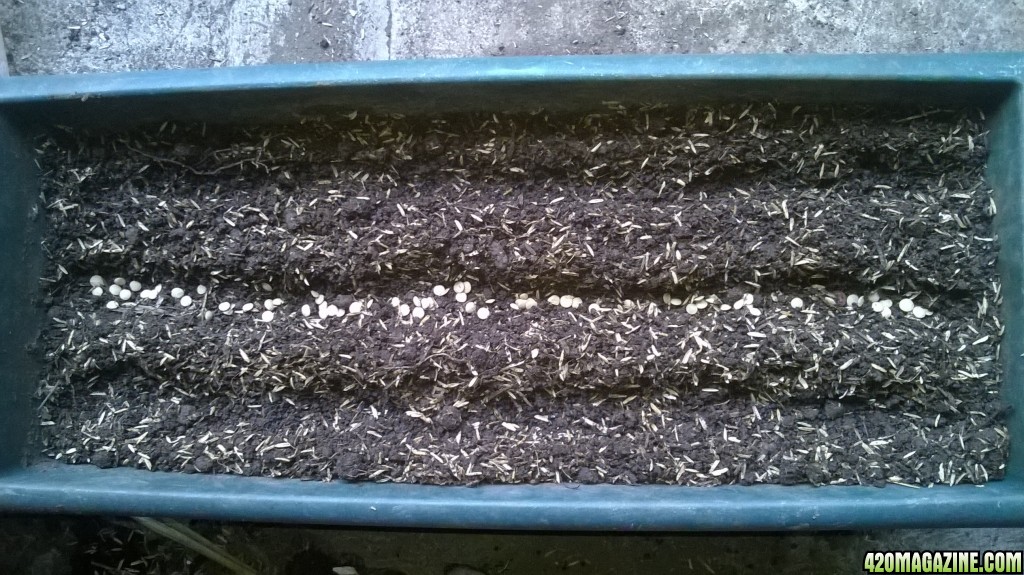Thanks Sue. I've been using powdered beneficial bacteria and fungi and brewing teas for the last six months or so. I feel like my plants are much happier. I just have to put in that bit of research and maybe get a better microscope. I would like to be able to see what's down there if possible. I took a microscope to my tea yesterday and it was super cool seeing all the various wigglers in there!
And yes I have googled the myco images but then the phone rang and my kid chopped his arm with his machete and the bunny pood on the floor, or something, anyways I got busy again and never found my way back to it.
Enough blathering. There must be more action and solid facts! I will go forth and report back with useful info if I find any.
And yes I have googled the myco images but then the phone rang and my kid chopped his arm with his machete and the bunny pood on the floor, or something, anyways I got busy again and never found my way back to it.
Enough blathering. There must be more action and solid facts! I will go forth and report back with useful info if I find any.





